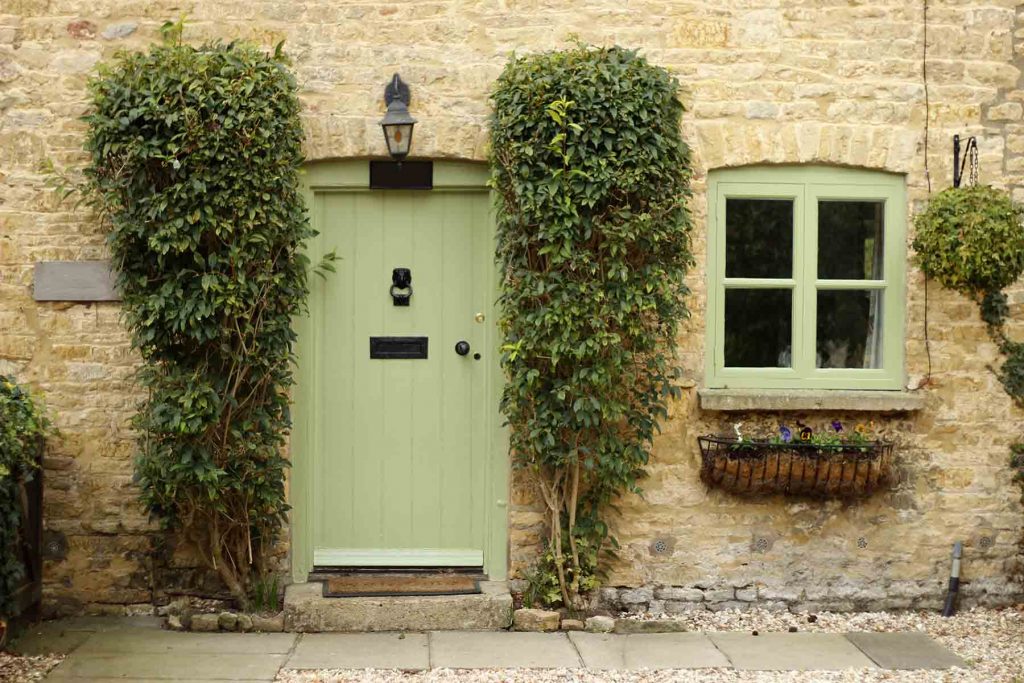What are the Building Regulations for doors?
Do you want to replace your doors but don’t know where to start? This blog is for you! We’ll explain what Building Regulations are, what they have to say about doors, and how it impacts you. So whether you’re actively planning to invest in a stylish new front door, or just want to be aware of what’s involved, read on!

What are Building Regulations?
Building Regulations are the rules that control how buildings are constructed and maintained in the UK. They apply to private homes, businesses, and public buildings. Both new-builds and refurbishment work are covered.
They’re not to be confused with planning permission. While superficially similar, planning permission is about whether a new build or extension project fits with local and national planning policy. It exists to ensure buildings don’t spoil the look and character of the surrounding area, or inconvenience neighbours.
Building Regulations are concerned with the construction of the building itself. They’re designed to ensure that a property is safe, accessible, and as sustainable as possible. The regulations cover topics including fire protection, accessibility, energy performance, gas safety, electrical safety, structural integrity and an array of other areas.
Detailed guidance on how to meet various aspects of Building Regulations are laid out in what are referred to as Approved Documents. For example, Approved Document F covers ventilation, while Approved Document L deals with energy efficiency.
Which Building Regulations affect doors?
Approved Document L – also known as Part L – deals with energy efficiency. It ensures that new window and door products offer high levels of thermal insulation – usually measured using U-Values, the lower number the better – allowing building occupiers to minimise their heating bills and reduce their carbon footprints.
In 2022, Part L was made stricter. Now, doors in new-build properties have to achieve U-Values of 1.6. Replacement doors have to meet U-Values of 1.4.
Approved Document E governs perimeter sealing and sound insulation. It stipulates that doors need to reduce incoming sound by 29 decibels and have a minimum mass per unit area of 25kg per square metre.
If a door is serving as a fire door, it will need to meet the requirements of Part B. Fire doors are mostly a factor in public and commercial buildings, but in two instances, they’re required in private homes too.
If you’re living in a two-storey house with an internal garage, the connecting door needs to be a fire door. Also, if you live in a house that’s three storeys or higher, every room that connects to an external stairwell needs a fire door.
To comply with Part B, doors must be FD30 – this means they’ve been independently tested to ensure that they can keep fire at bay for at least thirty minutes.
Your door supplier needs to provide you with a certificate proving that the door meets these standards, including the handles, letterboxes and other forms of hardware.
Do I need permission to change my front door?
It’s a common question, but in most cases, you don’t need permission to change your front door. It’s worth noting, though, that these kinds of changes aren’t governed by Building Regulations, but are instead planning permission issues.
Normally, you’re totally free to change a door product or repaint it whenever you like. There are only two exceptions. The first is if you want to physically move the location of a doorway on your property. In this instance, if you’re planning to move it more than 300mm from where it is now, you’ll need to seek planning permission.
The second only applies if you live in a conservation area. If you do, you’ll need permission to replace any window and door product. This is to make sure that the replacement products don’t clash with the historic character of its surroundings.
Speak to the door experts
In the market for an outstanding new door? Got more questions? Then speak to Ventrolla.
With almost thirty years’ experience, and an extensive range that includes quality timber and aluminium front doors, French, bi-folding, sliding doors and more, we’re perfectly placed to supply the perfect product for your home.
Don’t hesitate to get in touch – click here to send us a message!
